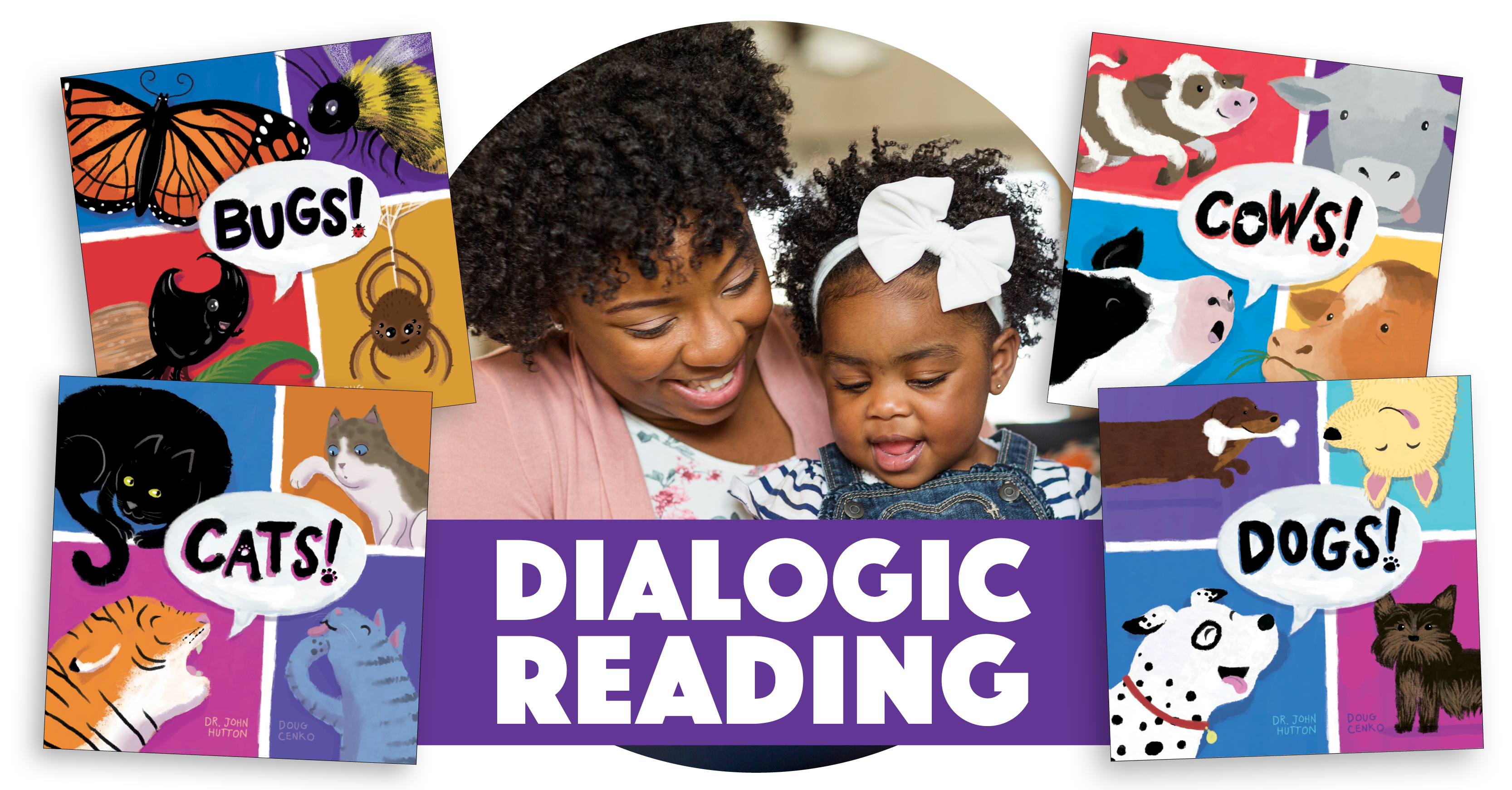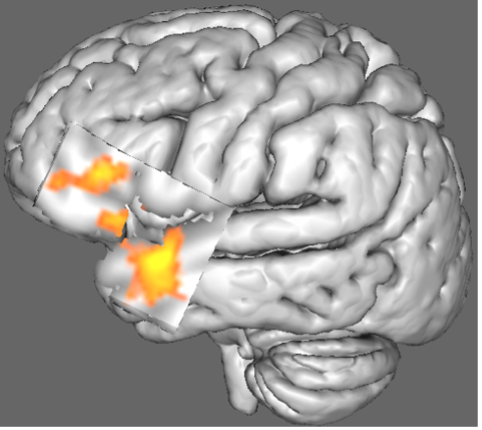Jul 16 2024
Inspiring Dialogic Reading with DR Books

Dialogic reading works. Children who have been read to dialogically are substantially ahead of children who have been read to traditionally on tests of language development. Children can jump ahead by several months in just a few weeks of dialogic reading.
Grover J. (Russ) Whitehurst, Director of the Institute of Education Sciences (2002-2008)
Stepping into the spotlight on the blog this week is our esteemed colleague, Dr. John Hutton. Exploring his DR Book series, he sheds light on the profound influence of dialogic reading in enhancing literacy skills.
What was your inspiration for the DR Books series?
My father was a physician and my mother was a writer, and I am fortunate that they both read to me as a child. Channeling both of them, I became a pediatrician and have always loved to write. My pediatric career path continued this pattern in that after the birth of my second daughter in 2000, I went on leave from residency training to help care for her, and serendipitously, assumed ownership of a beloved, independent children’s bookstore in Cincinnati that was going out of business (this would become blue manatee). I ran the store for almost 20 years, which greatly enriched my insights into the world of children’s books and reading, and subsequent focus as a pediatrician and researcher. Notably, how to address persistent inequities in access to books, home reading routines, and literacy and school outcomes, especially for families of social and economic disadvantage. I have worked for over a decade using carefully designed children’s books to convey health and parenting information in a clear, empowering, family-friendly way.
A major reading challenge involves encouraging interactive, “fun” reading at different ages, especially for families with less experience and confidence. The dialogic reading method was developed in the 1980s by education researchers as a structured approach in how to do this. It has been shown to be effective but can seem overly abstract when presented in training sessions. The DR Books series was developed to be a collection of simple, fun “training manuals,” modeling the dialogic approach through fun stories to read aloud at home or in a classroom; by doing rather than being told how. Ideally, readers will read dialogically without realizing they are being trained!
What is the dialogic reading method?
“Shared” Reading (reading together) has been described as “the single most important thing adults can do to promote emergent literacy skills, attitudes and family relationships of young children.” However, while some families may feel empowered by encouragement to read to their children, others with less experience, confidence, and/or resources may feel anxious or unsure. This can fuel misconceptions that the parent is not a “good reader,” the child does not enjoy reading, and/or “educational” screen media is a superior resource.
Shared reading quality (interactivity) is a major contributor to benefits of shared reading and tends to be low for reasons including types of books, experience, confidence, anxiety about the “right way” to read, and the role of the child (e.g., is it ok or rude for them to ask questions).
Dialogic Reading (DR) was developed in the 1980s by education researchers to enhance reading quality using specific types of prompts (questions) and responses. It’s reflected by an acronym: PEER/CROWD.
PEER stands for: Prompt the child with a question/statement; Evaluate; Expand on the response; Repeat the expansion and invite the child to do so. CROWD reflects types of Prompts: Completion of a sentence; Recall content; Open-ended questions; Wh- questions; and Distancing, or relating the story to the child’s life. Check out the video below from Cincinnati Children's Hospital to learn more about the process of Dialogic Reading!
How is DR beneficial for toddlers to engage with books this way along with building the caregiver-child relationship?
DR has been tested with different types of books, including wordless books where you can “read” the pictures. Benefits include vocabulary, phonological awareness, attention, narrative construction, social-emotional skills, and relational factors (e.g., bonding, interest, enjoyment). These are built in a dose-dependent way (i.e., the more you use it, the more the benefit) and are greatest at young ages and for those at risk for reading difficulties. Neurobiological differences have also been found in children who read more dialogically, as shown in this picture of the left side of the brain, which “lights up” in areas involved with talking, memory, and learning.
Brain Imaging
This is a 3-D picture from a functional MRI study I led based at Cincinnati Children’s involving 3-5 year-old children, showing the left side of the brain known to support language and reading. Yellow-orange “blobs” are areas that were more active while they listened to stories. This was higher for children who had been exposed to more interactive, dialogic reading.

Dialogic Reading is advocated by the American Academy of Pediatrics, Head Start, library organizations, and literacy programs including Reach Out and Read. Dialogic training has been shown to be effective in different settings (e.g., preschool classrooms). However, this can be challenging, and it’s important to have family-friendly tools for practice to reinforce and sustain learning and confidence in a flexible, accessible, and empowering manner. This was an inspiration for the DR Books series – to serve as a fun, familiar, accessible learning resource for families.
Posted on Jul 16, 2024

Hey there, I’m Dr. John Hutton
Dr. John Hutton is a pediatrician and Associate Professor of General and Community Pediatrics at UT Southwestern Medical Center and Children's Medical Center, Dallas. He owned blue manatee children’s bookstore in Cincinnati for almost 20 years, then donated via a “Golden Ticket” in 2019 to create the non-profit Blue Manatee Literacy Project. He is also the founder of blue manatee press. "Dr. John" is a pioneer in using MRI to understand how shared reading and digital media use impact early brain development, and creating children's books for pediatric health literacy promotion and early literacy screening. Several of his books have been distributed in statewide infant health campaigns, benefiting non-profit groups, and found superior to usual guidance in clinical trials. His goal is to improve the general and health literacy of families from all backgrounds, not just because it’s lovely and wonderful, but because it builds brains.






